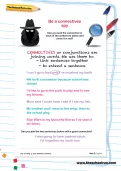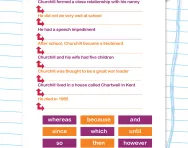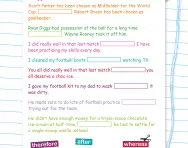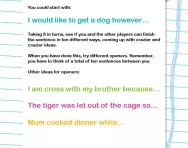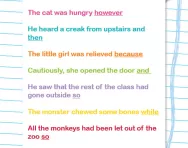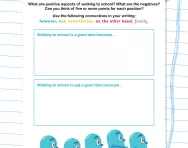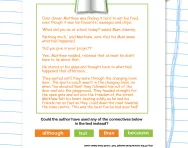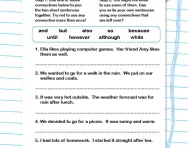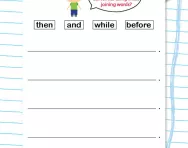Important update from TheSchoolRun
For the past 13 years, TheSchoolRun has been run by a small team of mums working from home, dedicated to providing quality educational resources to primary school parents. Unfortunately, rising supplier costs and falling revenue have made it impossible for us to continue operating, and we’ve had to make the difficult decision to close. The good news: We’ve arranged for another educational provider to take over many of our resources. These will be hosted on a new portal, where the content will be updated and expanded to support your child’s learning.
What this means for subscribers:
- Your subscription is still active, and for now, you can keep using the website as normal — just log in with your usual details to access all our articles and resources*.
- In a few months, all resources will move to the new portal. You’ll continue to have access there until your subscription ends. We’ll send you full details nearer the time.
- As a thank you for your support, we’ll also be sending you 16 primary school eBooks (worth £108.84) to download and keep.
A few changes to be aware of:
- The Learning Journey weekly email has ended, but your child’s plan will still be updated on your dashboard each Monday. Just log in to see the recommended worksheets.
- The 11+ weekly emails have now ended. We sent you all the remaining emails in the series at the end of March — please check your inbox (and spam folder) if you haven’t seen them. You can also follow the full programme here: 11+ Learning Journey.
If you have any questions, please contact us at [email protected]. Thank you for being part of our journey it’s been a privilege to support your family’s learning.
*If you need to reset your password, it will still work as usual. Please check your spam folder if the reset email doesn’t appear in your inbox.
Be a connectives spy
What is a connective?
Connectives are like the glue that holds sentences together. They're words or phrases that help connect different parts of what we say or write. Connectives help our sentences make sense to the reader and our ideas flow nicely from one to the next. You might also hear them called conjunctions or linking words.
What are examples of connectives for KS1 children?
At Key Stage 1 (KS1) level, connectives are often introduced gradually as children develop their understanding of language and writing.
Here are some examples of simple connectives suitable for KS1:
- And
Example: I have a cat and a dog."
- But
Example: I wanted to play outside, but it was raining.
- Because
Example: I wore my coat because it was cold.
- So
Example: It was raining, so we stayed indoors.
- Or
Example: Do you want an apple or a banana?
- Then
Example: We went to the park, then we had a picnic.
How will this KS1 connectives worksheet help my child?
This fun resource was created by an experienced educator and helps bring connectives to life (and stick in your child's memory). Your child needs to become a connective spy and spot the connectives hidden in the sentences provided!
To make this activity even more fun, you could create your own magnifying glass with card and scissors (make sure to cut the middle out, so you can see through it!) and use it as you make your way through the sentences.
Once your child has completed this activity, they can find out about time connectives or, if they're up for a harder challenge, they can have a go at our Connectives exercise worksheet for KS2.
